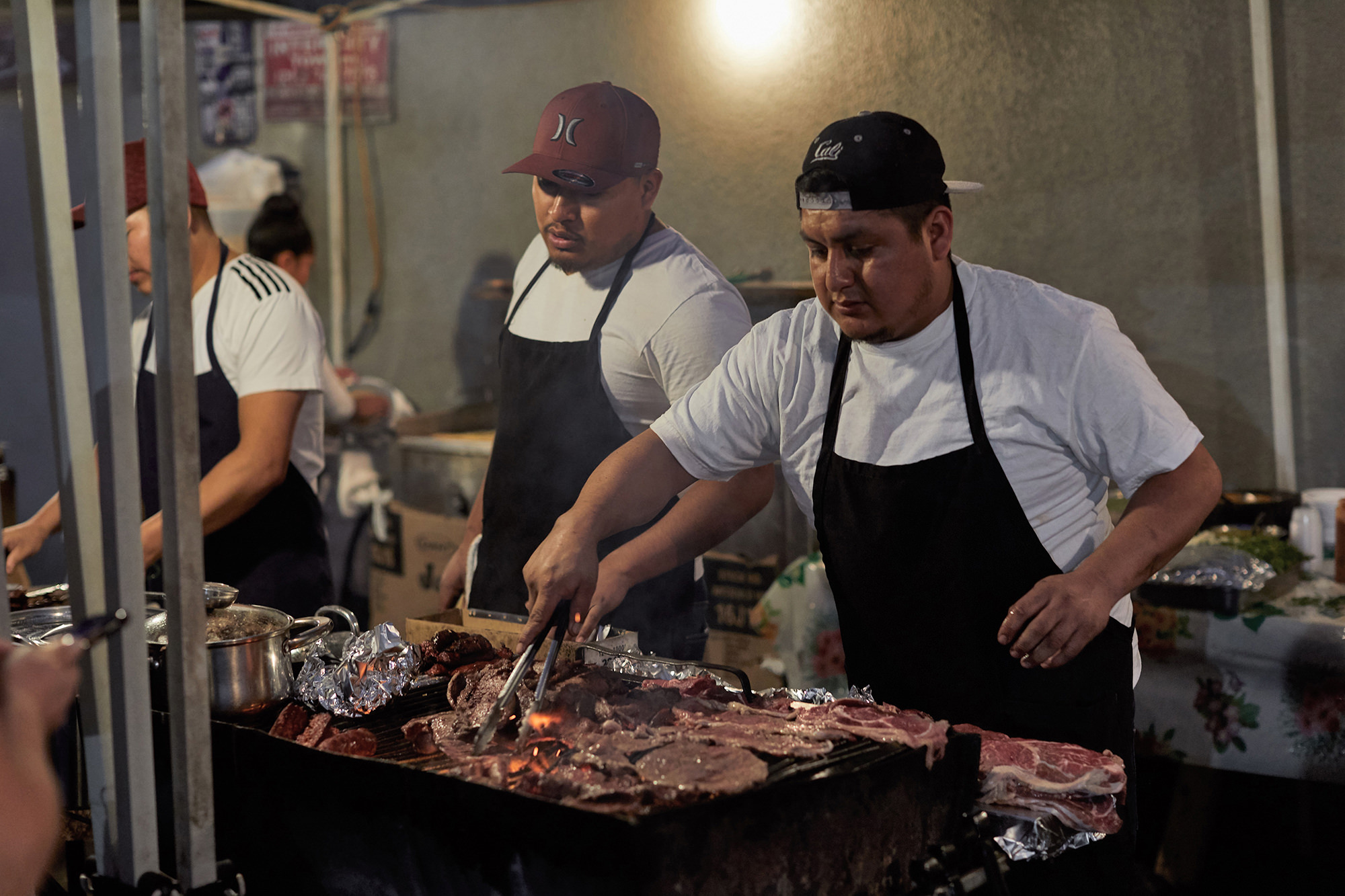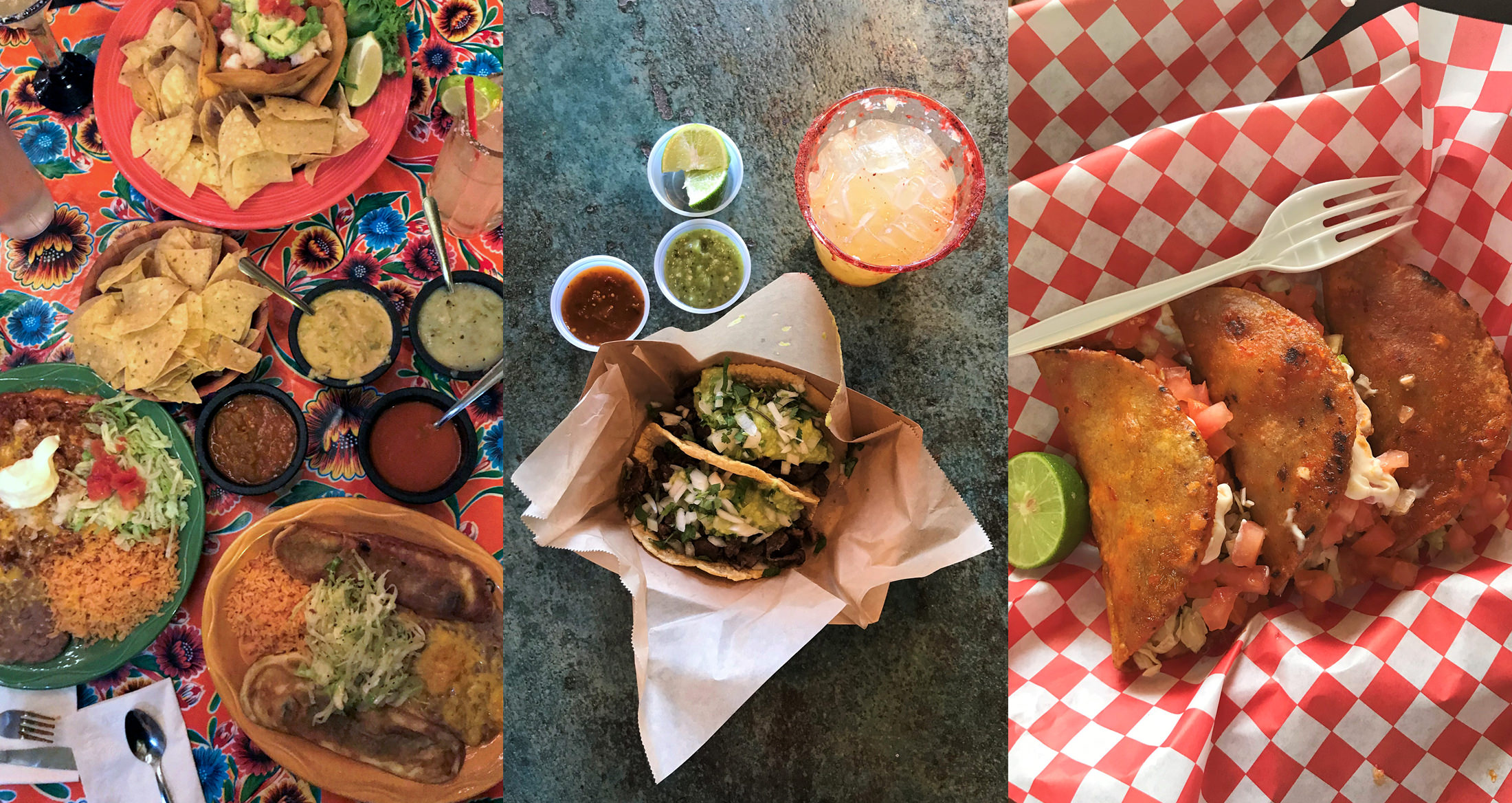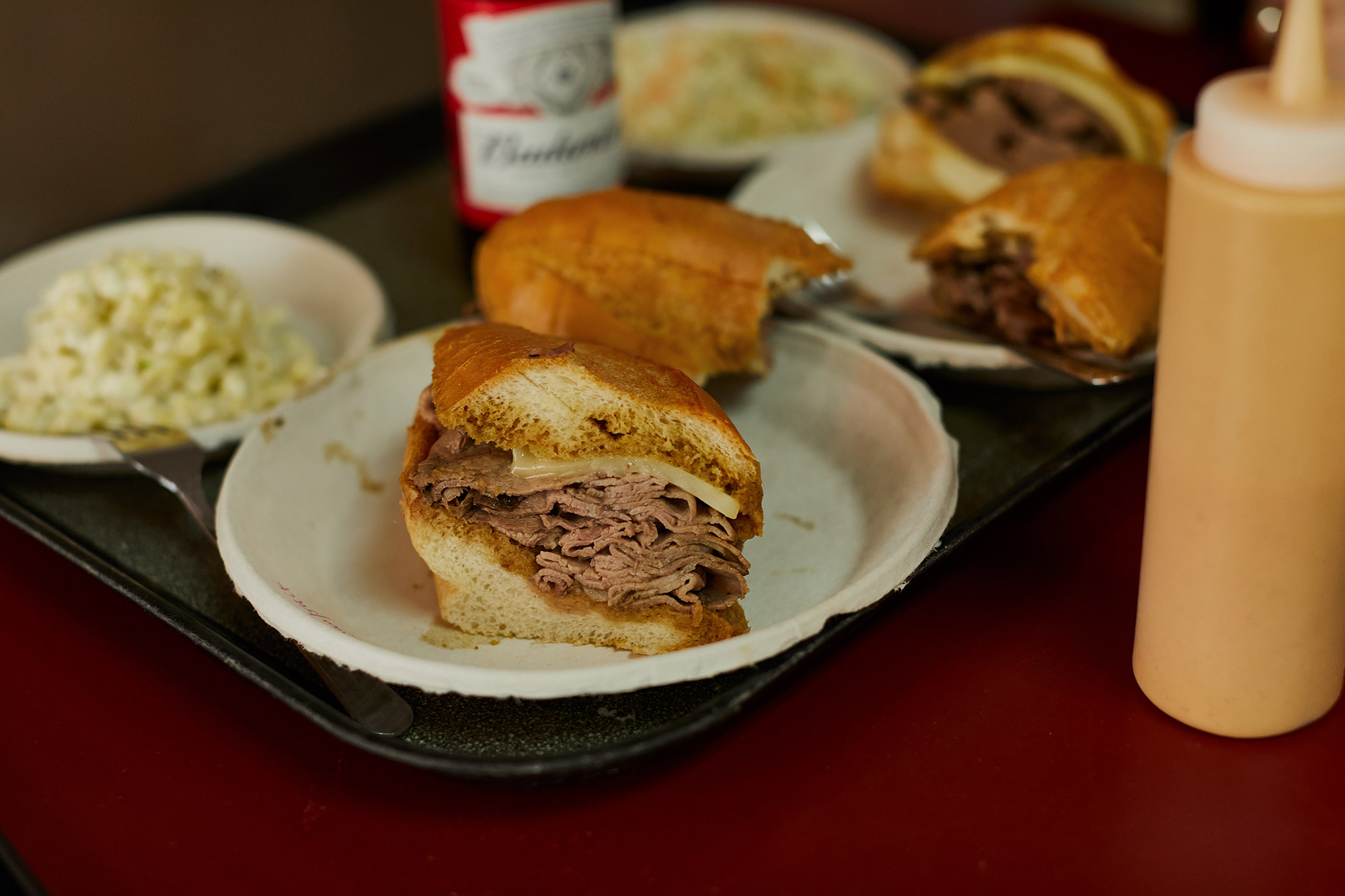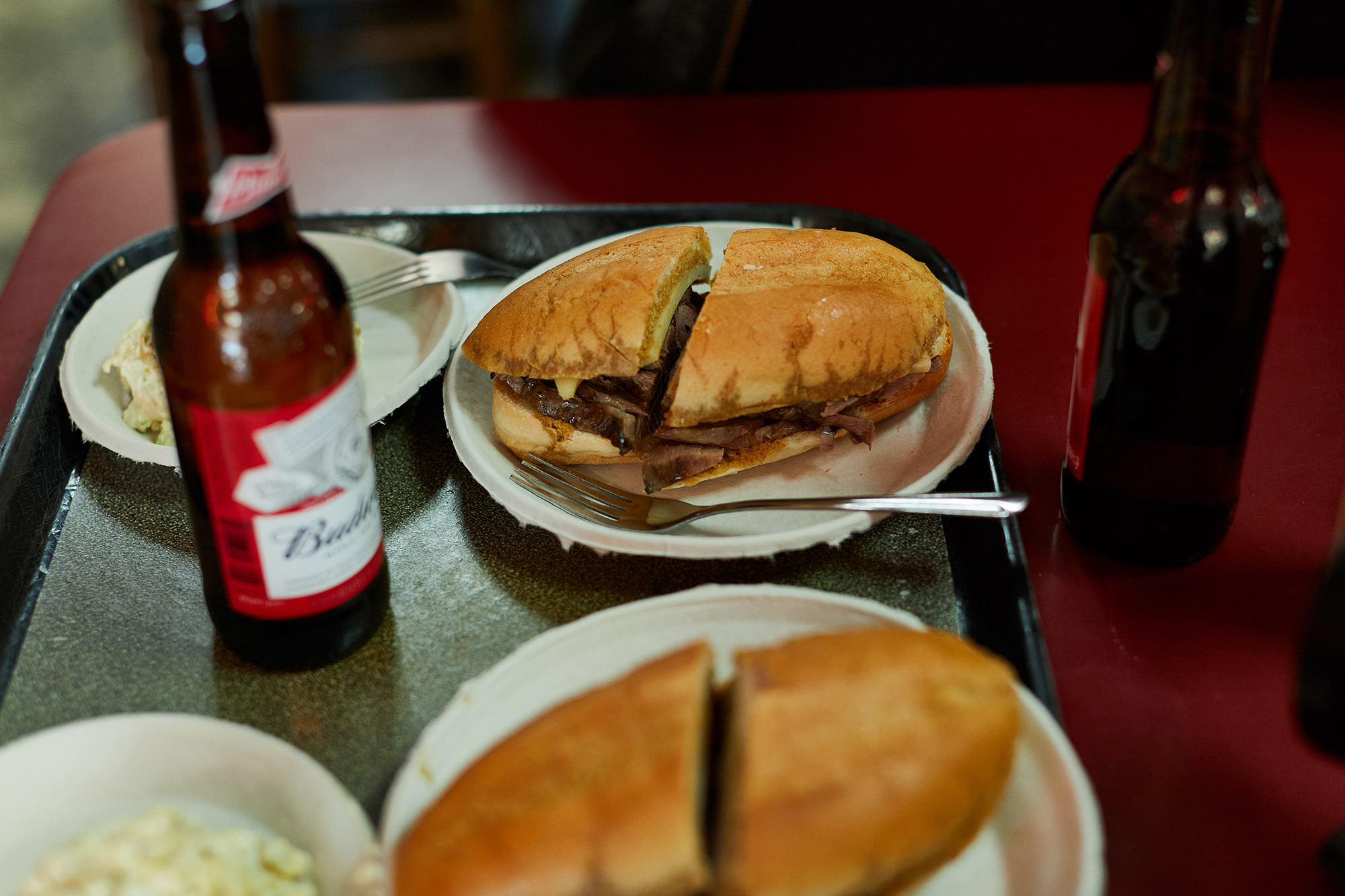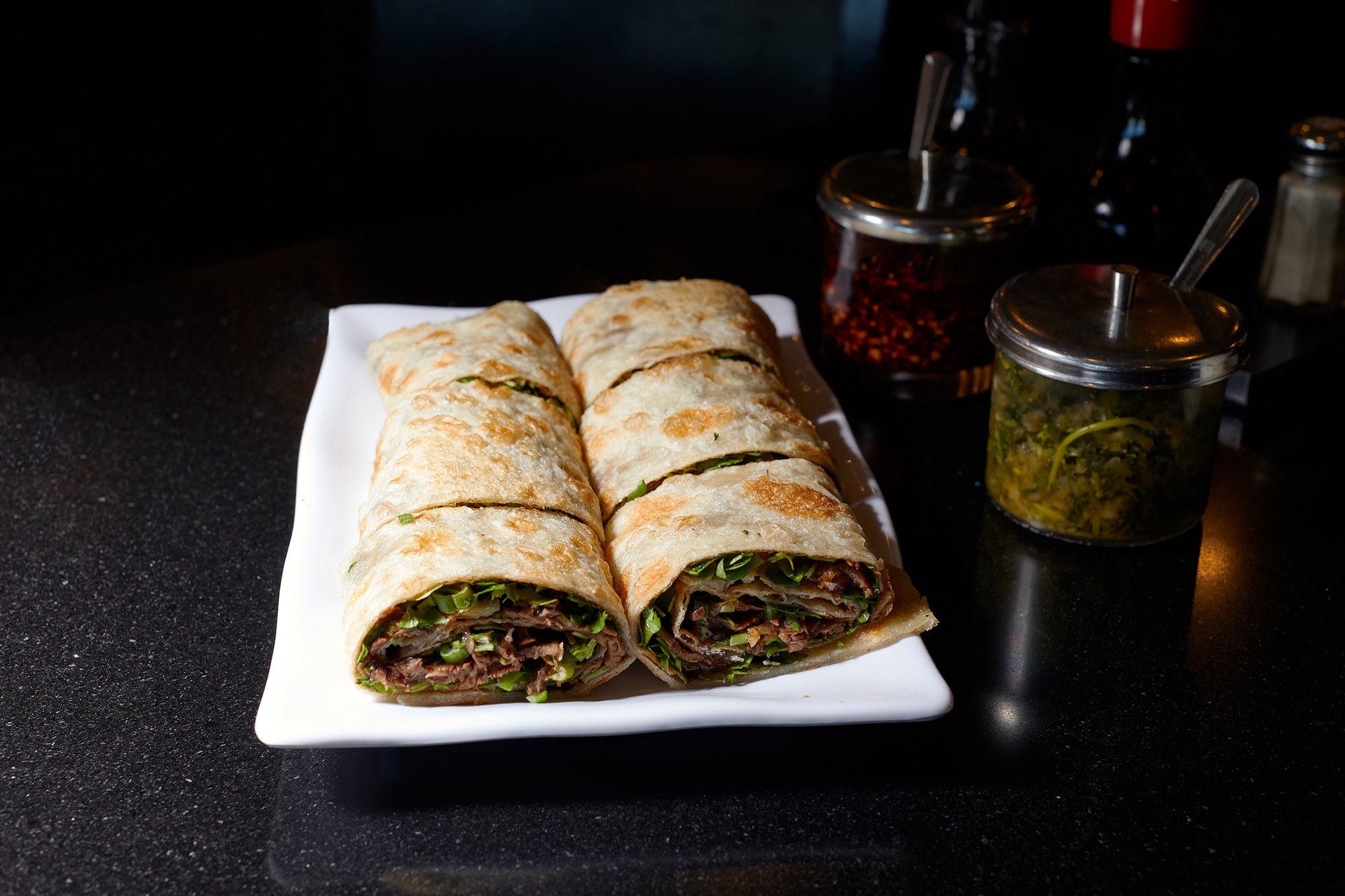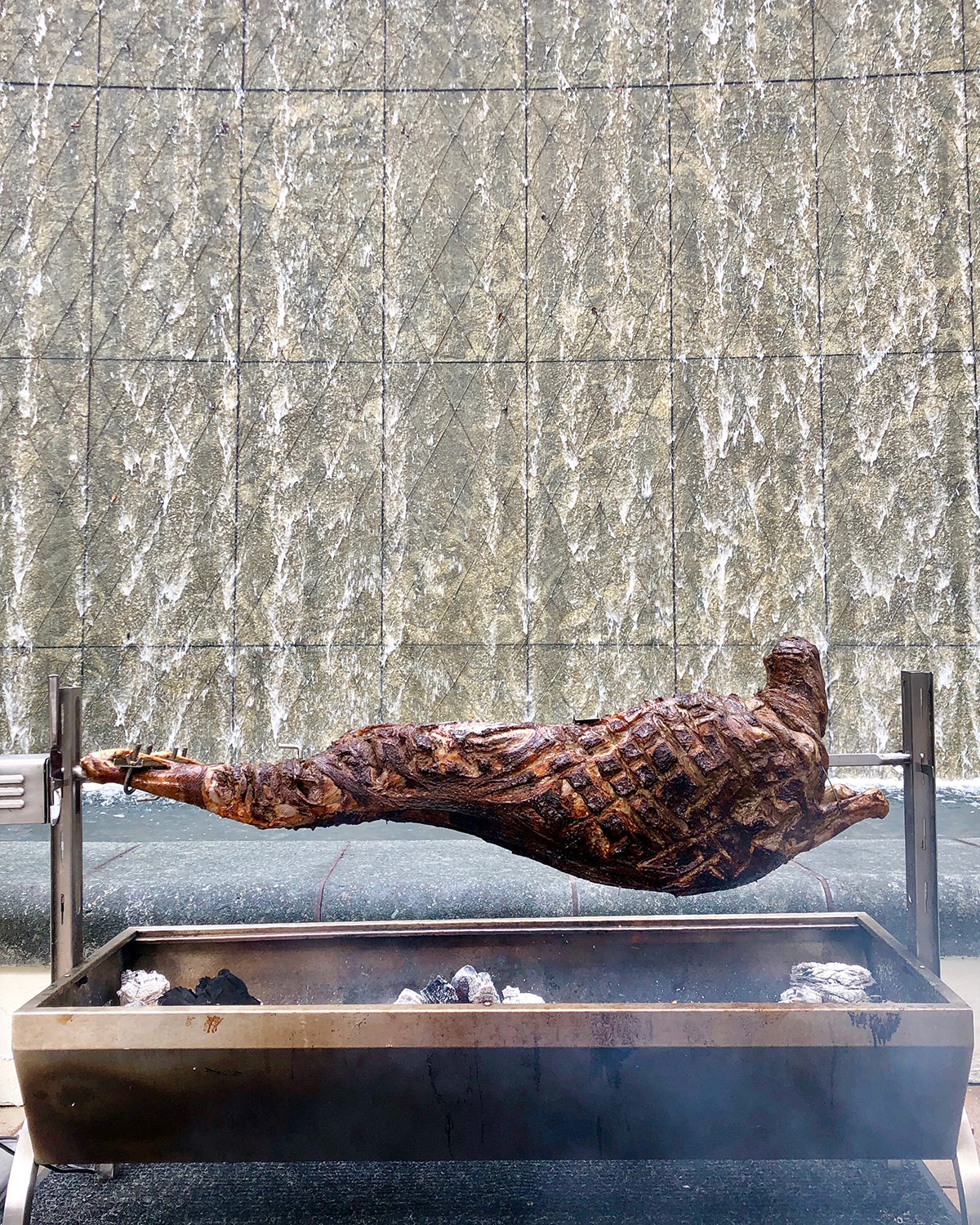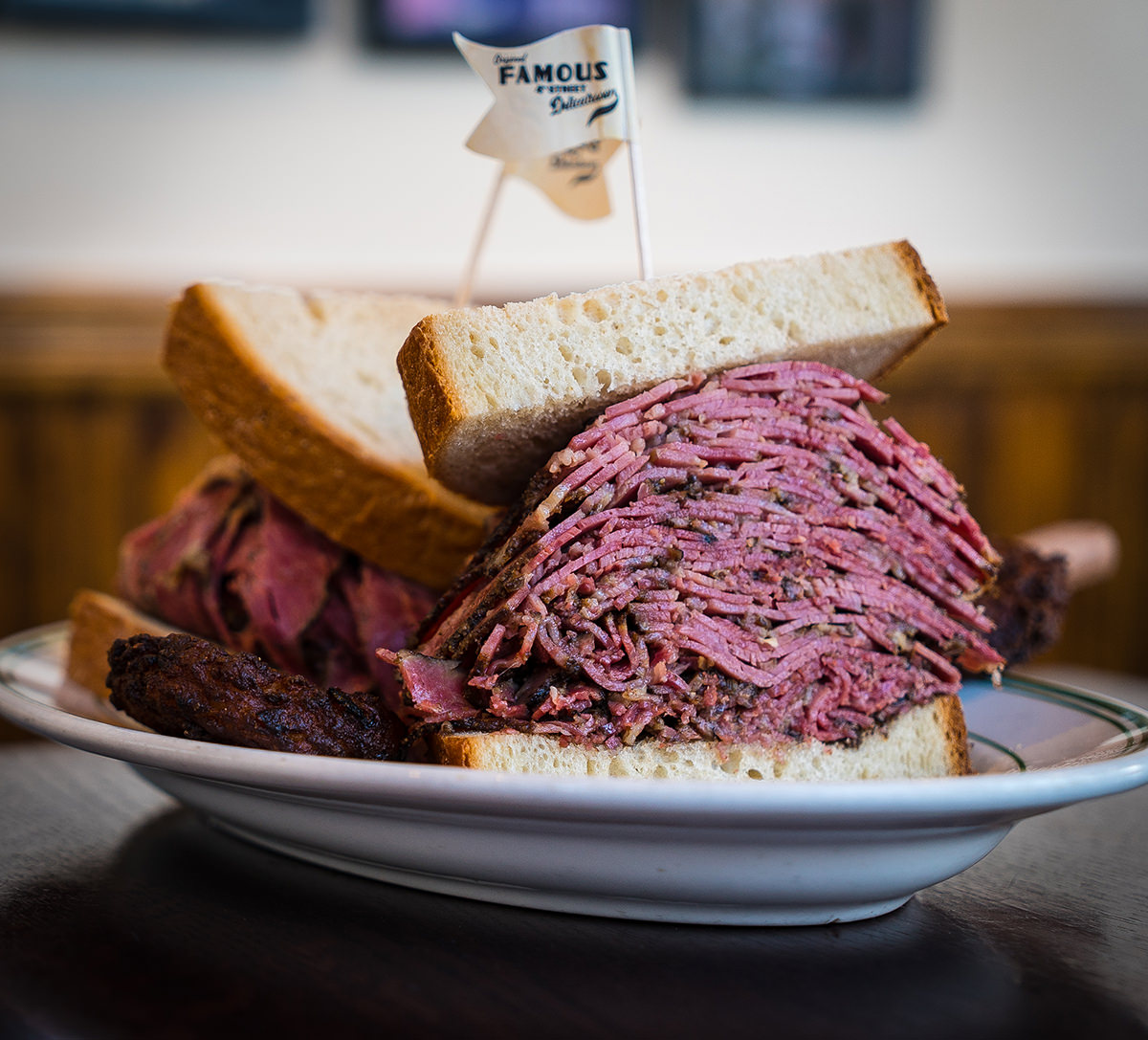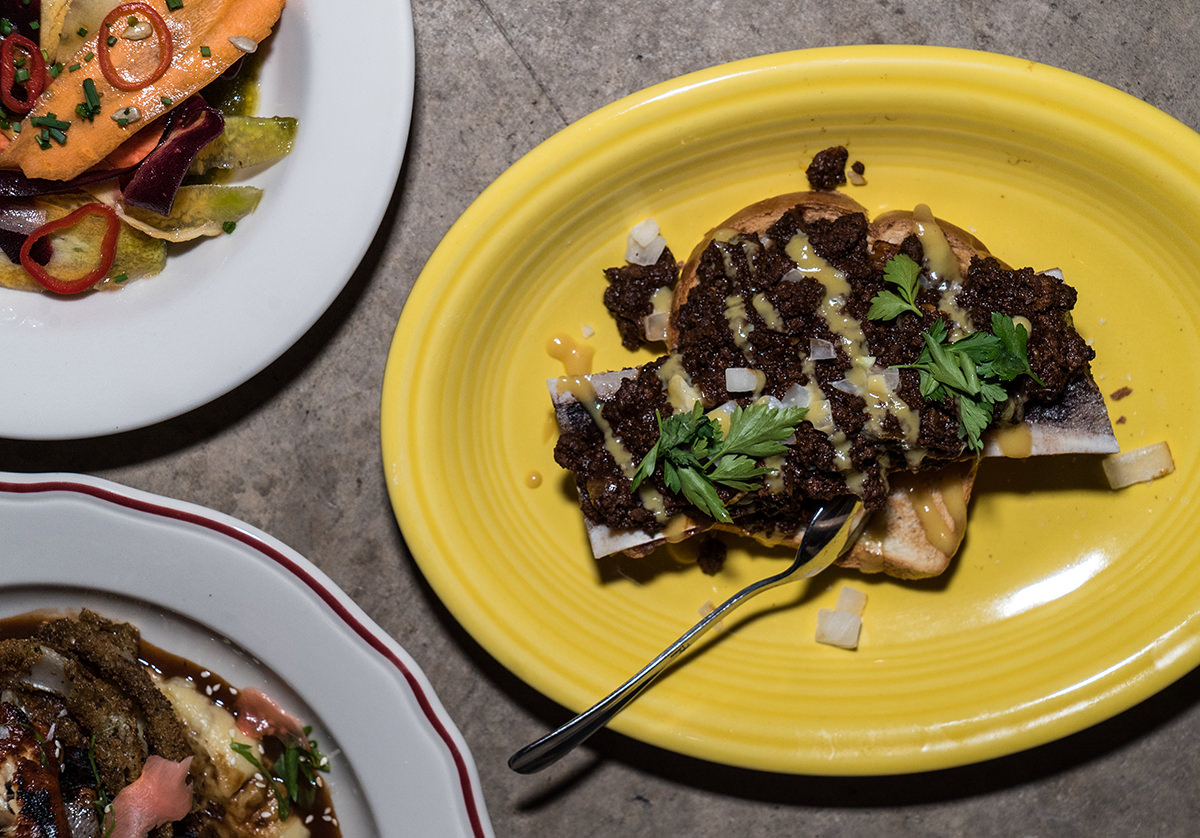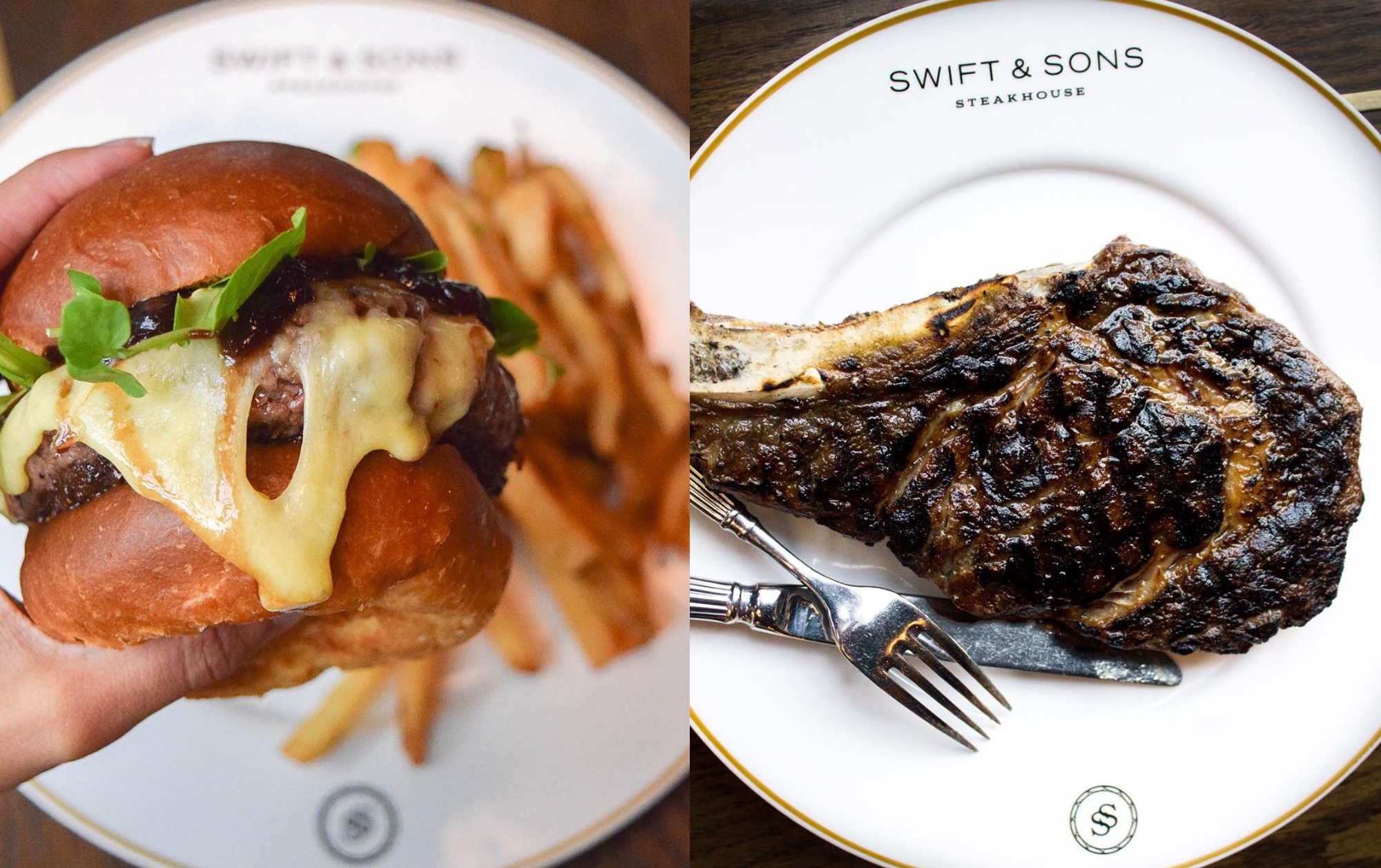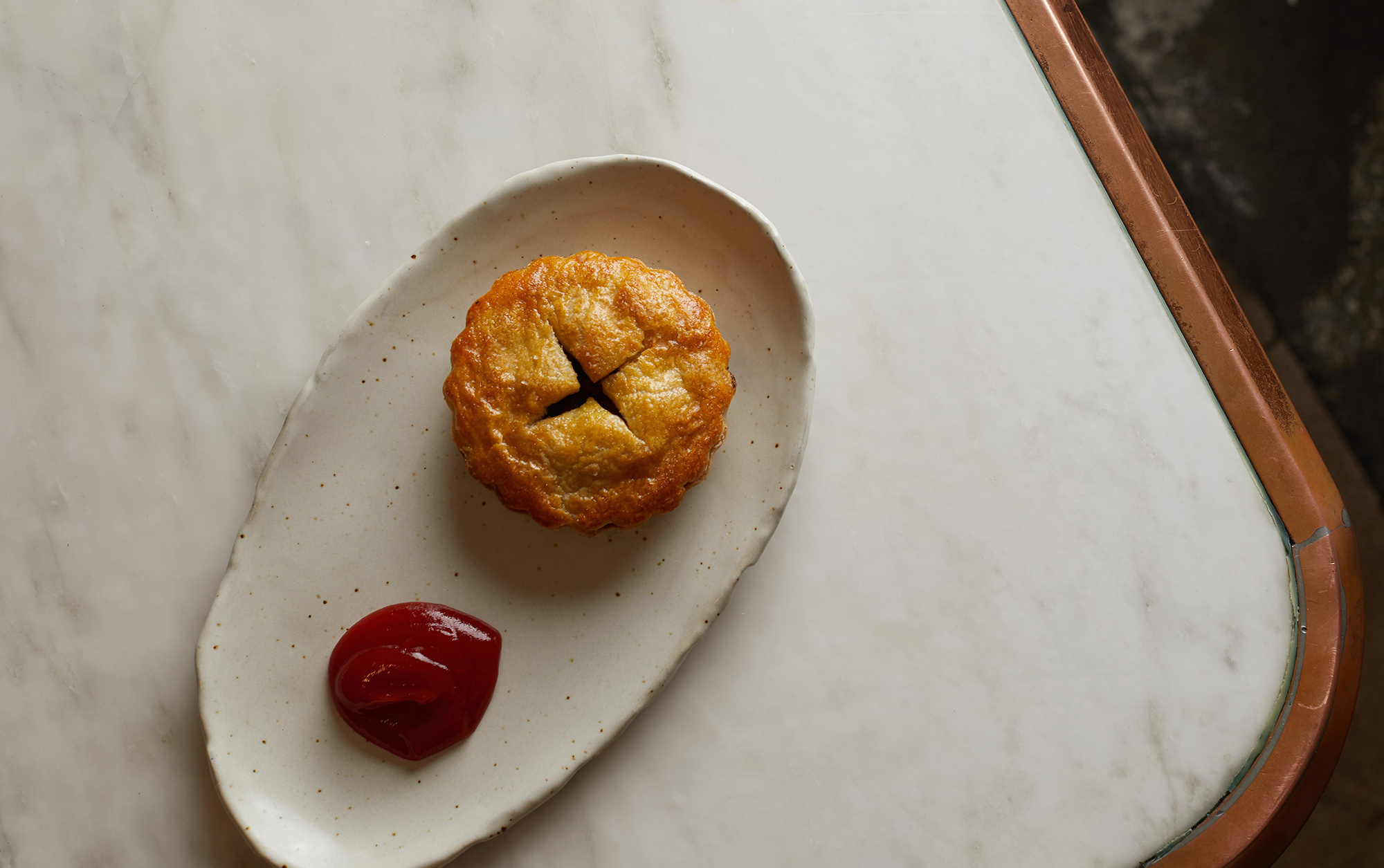Editor’s
Letter

There is nothing like fully immersing yourself in a sensory exploration of the flavours, textures, trends and traditions of another country’s culinary landscape. In January this year, Rare Medium took a very special trip to the USA where we were fortunate to meet with some incredibly inspiring and talented chefs – and plunge ourselves face first into cuisine-ala-Americana.
The chain-heavy USA may conjure images of hot dogs, burgers and pizzas – and that is completely justified – but it is also a country with a rich culinary history influenced by a vast and multicultural population, years of generational traditions and a wave of new world innovators.
Relive our USA adventure with us as we explore beef, lamb and goat on menus from LA to El Paso, Miami to Chicago, Phoenix to Philly – and a bunch of places in between – to bring you a healthy dose of inspiration from the home of the brave.
We catch up with one of our finest Aussie exports Curtis Stone in LA, take a Mexican themed road trip with the wonderful Claudette Wilkins and literally put our bodies on the line to taste, shoot and snap our way around the country.
Inspiration is born of many places – be they physical or emotional – and we hope that you find something that inspires you within this issue.
Mary-Jane Morse
Meat & Livestock Australia
[email protected]
@_raremedium
Copyright: this publication is published by Meat & Livestock Australia Limited ABN 39 081 678 364 (MLA).





















